Caring for Singapore Specials
Miki and Miko when they were puppies and when they met Jasmine. Photo credit: Jasmine Yeo
Meet Miki and Miko. Playful and attention seeking, they were born wild in a litter of three puppies and found and rescued by an Animal Welfare Group (AWG) from the western part of Singapore. Cleaned up, cared for and sterilised, the puppies were then put up for adoption.
That is when Ms Jasmine Yeo bonded with these two Singapore Special puppies. As a volunteer helping out at the AWG shelter, Jasmine admitted that it was “love at first sight” and so began the process of becoming a foster parent of Miki and Miko.
But did you know that stays like Miki and Miko were picked up as part of the Trap-Neuter-Release-Manage (TNRM) programme run by the Animal & Veterinary Service and partners?
Humane and Science-Based Approach
Launched in 2018, the TNRM programme is a humane, science-based method to sustainably reduce the stray dog population in Singapore. The Animal & Veterinary Service partners AWGs, veterinarians and the community in coordinating efforts for the programme.
The AWGs include: Action for Singapore Dogs, Animal Lovers League, Causes for Animals Singapore, Exclusively Mongrels, Mercylight Animal Rescue Sanctuary, Noak’s Ark CARES, Oasis Second Chance Animal Shelter, Purely Adoptions, Society for the Prevention of Cruelty to Animals, SOSD and Voices for Animals
It involves humanely catching stray dogs and sterilising them. Thereafter, efforts are made to rehome as many of the sterilised dogs as possible. Those that are unable to be rehomed will be released at suitable locations to live out their lives naturally. The target is to sterilise more than 70% of the stray dog population in Singapore over five years.
As of the end of 2020, more than 2,000 dogs were trapped and sterilised, with more than half being rehomed and fostered. AVS has also extended the funding support for AWGs conducting sterilisation, vaccination and microchipping of dogs to some of Singapore’s offshore islands (such as Pulau Ubin) as part of the review of the mainland TNRM programme.
How can you tell when the TNRM programme is in progress? Look out for signs indicating this as well as personnel displaying a clear TNRM armband. Passers-by are advised to stay clear of the area when the operation is in progress.
Safeguarding Animal Health
After the strays are caught, they go through a general health check. Here, they are sterilised to prevent breeding, vaccinated against rabies and other infectious disease to safeguard their health and microchipped for traceability.
A quick and useful way to identify sterilised dogs? Look for their clipped ear’s tips!
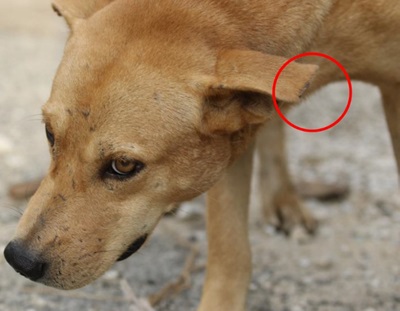
After these medical procedures, the strays may be rehomed, placed in shelter or foster homes or released back to where they came from. Dogs undergo health and behaviour assessments to determine their suitability to be rehomed.
As part of effort to rehome as many dogs as possible, AVS commenced a pilot canine rehabilitation programme involving behavioural rehabilitation, socialisation and obedience training.
Dogs that are unable to be rehomed will be released at suitable locations to live out their lives naturally.
Allaying Public Concerns
While AVS works closely with AWGs and community caregivers to ensure the dogs’ welfare, the TNRM programme is not just catered towards the animals.
A key component for its success is working and collaborating with AWGs to manage the general public’s concerns about strays and providing educational material and information as part of outreach efforts.
Such engagement is achieved through community events, roadshows, talks and walkabouts in estates. This enables the public to raise concerns about strays in their neighbourhood and to clarify any queries about how such dogs are managed.
AVS also supports AWGs’ adoption drives through funding or providing logistic support. While events such as the Pets’ Day Out are currently on hold due to the Covid-19 situation, these function as useful platforms to raise public awareness about these Singapore Specials and can help the strays find new forever homes.
AVS continues to work closely with AWGs to review and analyse TNRM data, to better refine operations and target breeding and feedback hotspots. A biosurveillance of our stray dog population has also commenced to establish a baseline of population health. There will be enhancements to rehabilitation efforts so as to improve rehoming rates and continue public engagement and feedback management.
Forever Home
Miki and Miko have now found their forever home with Jasmine. Photo credit: Jasmine Yeo
Today, Miki and Miko has found their forever home with Jasmine. But prior to the adopting, she had to embark on a foster programme as well. It was then that she found out that both puppies required special attention to the diet due to their sensitive stomachs.
With a clearer understanding of the effort and care that strays like Miki and Miko need, and with the support of her family members, Jasmine was able to make the important decision to adopt them.
Thinking about adopting a stray too? Keeping and caring for a pet is a huge responsibility. Besides the commitment to care for your pet for its entire life, you also need to be prepared for unexpected incidents such as what the writer has shared. Medical bills for our pets can be costly too. To learn more about responsible pet ownership, you can visit our NParksSG YouTube.
Help the Singapore Specials
You can help by spreading awareness of the TNRM Programme! This can be done by sharing tips on managing stray dog encounters, encouraging dog owners to microchip and leash up their dogs and consider adoption first.
You can also volunteer at any of the shelters at the AWGs, and like Jasmine, might even meet a Singapore Special and provide a forever home.
You can also contribute towards the Animal & Veterinary Service’s animal-related programmes through the Garden City Fund. Find out more here.
Project ADORE (ADOption and REhoming of dogs)
Project ADORE (ADOption and REhoming of dogs) was piloted in 2012 with the objective of rehoming medium-sized local mixed-breed dogs into HDB flats. It is led by AVS and supported by HDB and 5 AWG partners, namely ASD, CAS, EM, SOSD and SPCA. It became a permanent scheme in 2014. About 250 dogs rehomed under Project ADORE each year.
In June 2017, Project ADORE was expanded to allow for the rehoming of retired sniffer dogs and recent K9 officers in HDB flats under a one-year pilot. This scheme was made permanent in 2018 and public are allowed to adopt sniffer dogs, widening the pool of potential adopters for retired sniffer dogs beyond K9 officers. This includes the K9 units of the SAF, SCDF and SPF. The four allowable sniffer dog breeds are Labrador, English Springer, Cocker Spaniel and Pointer.
In Mar 2020, AVS launched a two-year pilot expansion of Project ADORE, where the height limit has been increased by 10% from 50cm to 55cm. The weight of the dog has also been removed as a criterion for rehoming. This allows about 20% more Singapore Specials to be rehomed to HDB flats each year under the TNRM programme.
For more information on TNRM and Project ADORE, please visit: http://bit.ly/avstnrm.
Learning More
Visit NParksSG, our refreshed YouTube Channel that serves as a one-stop repository for close to 300 video resources. It also provides you a platform for existing and future digital outreach including DIY gardening and related crafts, virtual tours of our green spaces, and livestream events.
To learn more about the ins and outs of responsible pet ownership and animal welfare, follow @AnimalBuzzSG or visit the Animal & Veterinary Service webpage.
If you like what you read, follow us on Facebook, Instagram and Telegram to get the latest updates.
Text by Kate Lee


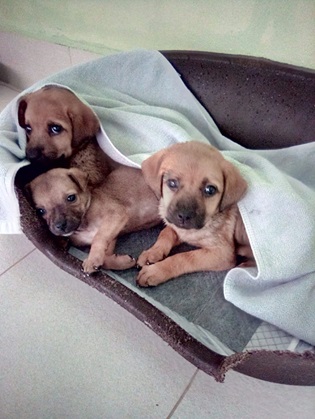
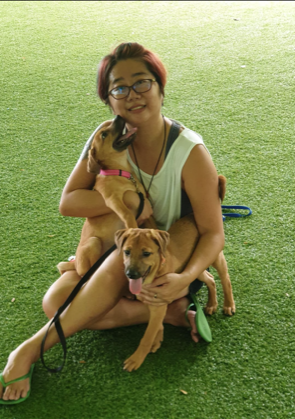

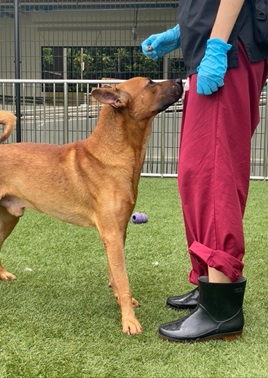
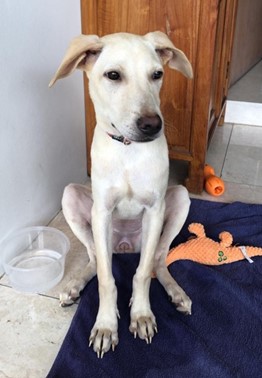
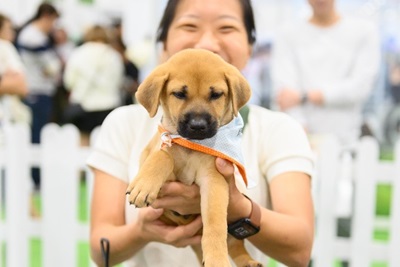
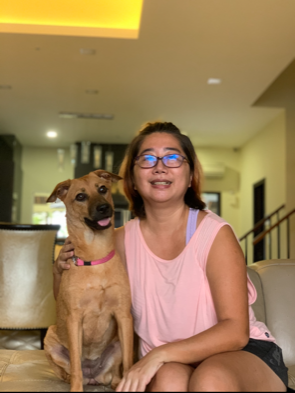
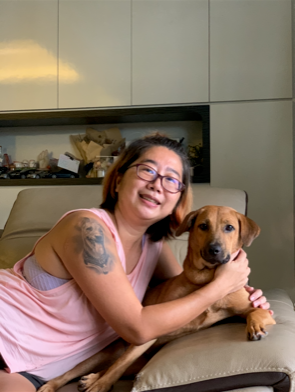
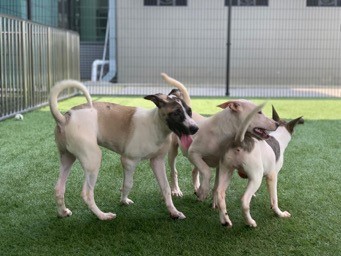
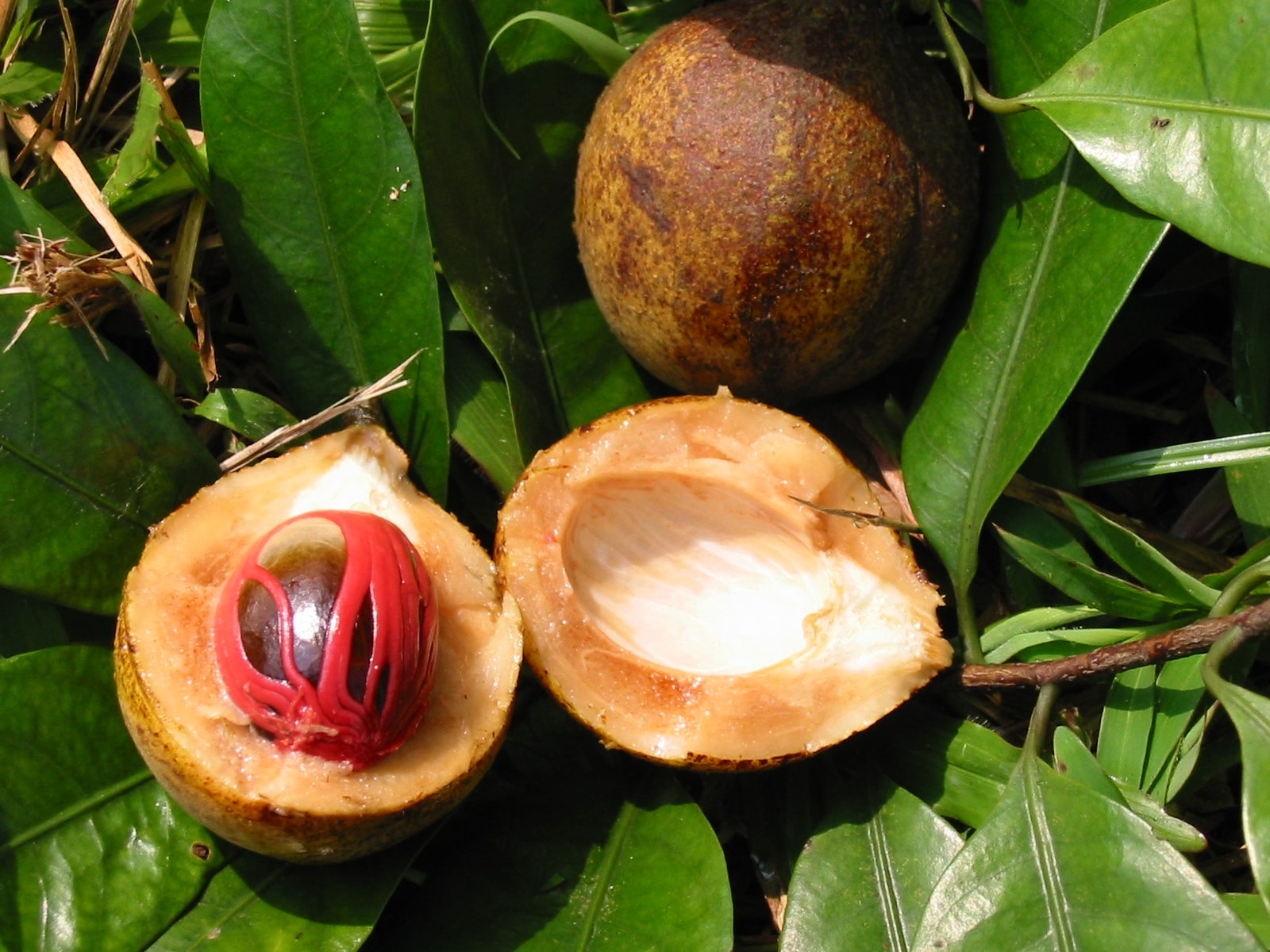
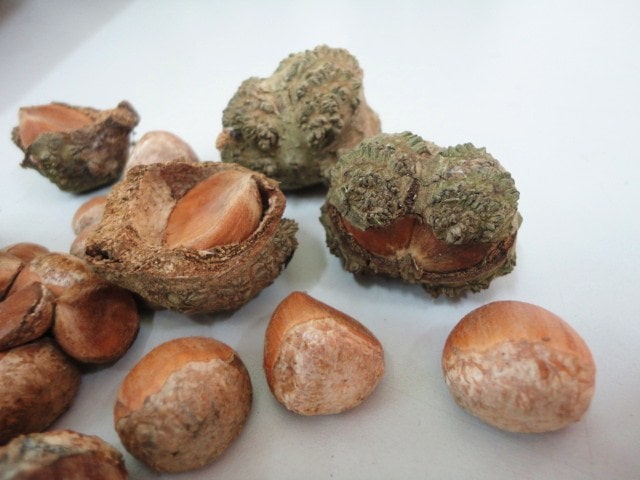
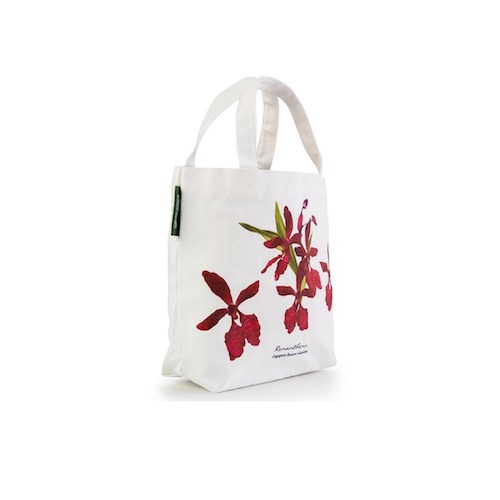
Have views or comments on this article? Let us know via this form. If you would like to give us feedback on any other areas relating to our parks and gardens, please submit via https://www.nparks.gov.sg/feedback